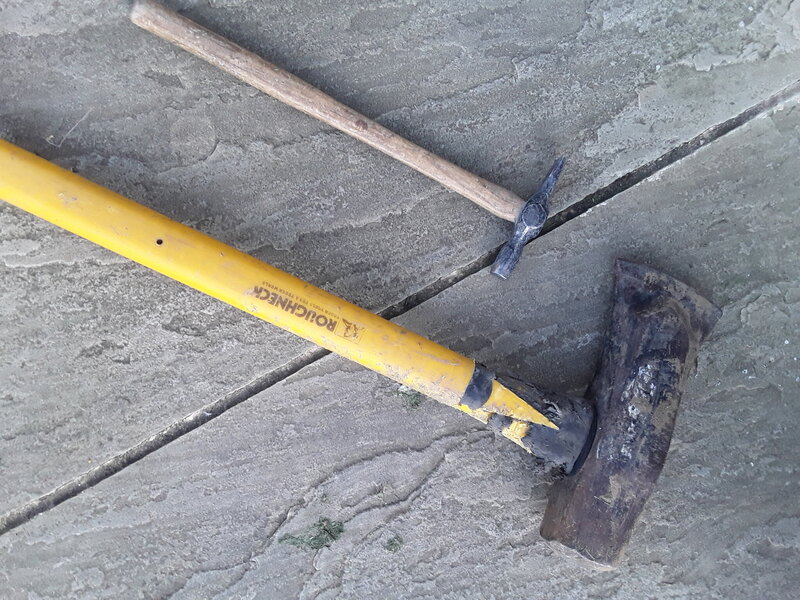- Feedback
- View
Here's the most 'modern' thing I ride (road bikes not included)
Its 1999 frame so now into its 3rd decade, proper cartridge bearings for all the linkages so very smooth suspension action.
Its also made out of scrounged parts. So, the shock is 5mm longer than it should be but it has plenty of stroke so it has set with enough sag to bring the BB back down from orbit
The seatpost does need a little more layback but that can wait
shorter stem, wider bars and 120mm forks to bring the front end up
fat rims and even fatter tyres just so theres no squirreling on narrow rims
Theres still a triple up front - thats personal - I just cant leave empty chainring bolt holes and besides, getting a front mech to index is so satisfying
34/11t cassette is more than adequate for where I ride and live (it may even be a 36t)
Deore discs as they came from a carboot sale bike a couple of years ago
9spd all round as some lucky ebay purchases meant a £12 box of bits gave me a big grins worth of XT
Total build cost is less than £180
Theres all sorts 'wrong' with the build but it works, its very fast and suits the terrain when I'm fit and not eating cake

Its 1999 frame so now into its 3rd decade, proper cartridge bearings for all the linkages so very smooth suspension action.
Its also made out of scrounged parts. So, the shock is 5mm longer than it should be but it has plenty of stroke so it has set with enough sag to bring the BB back down from orbit
The seatpost does need a little more layback but that can wait
shorter stem, wider bars and 120mm forks to bring the front end up
fat rims and even fatter tyres just so theres no squirreling on narrow rims
Theres still a triple up front - thats personal - I just cant leave empty chainring bolt holes and besides, getting a front mech to index is so satisfying
34/11t cassette is more than adequate for where I ride and live (it may even be a 36t)
Deore discs as they came from a carboot sale bike a couple of years ago
9spd all round as some lucky ebay purchases meant a £12 box of bits gave me a big grins worth of XT
Total build cost is less than £180
Theres all sorts 'wrong' with the build but it works, its very fast and suits the terrain when I'm fit and not eating cake

